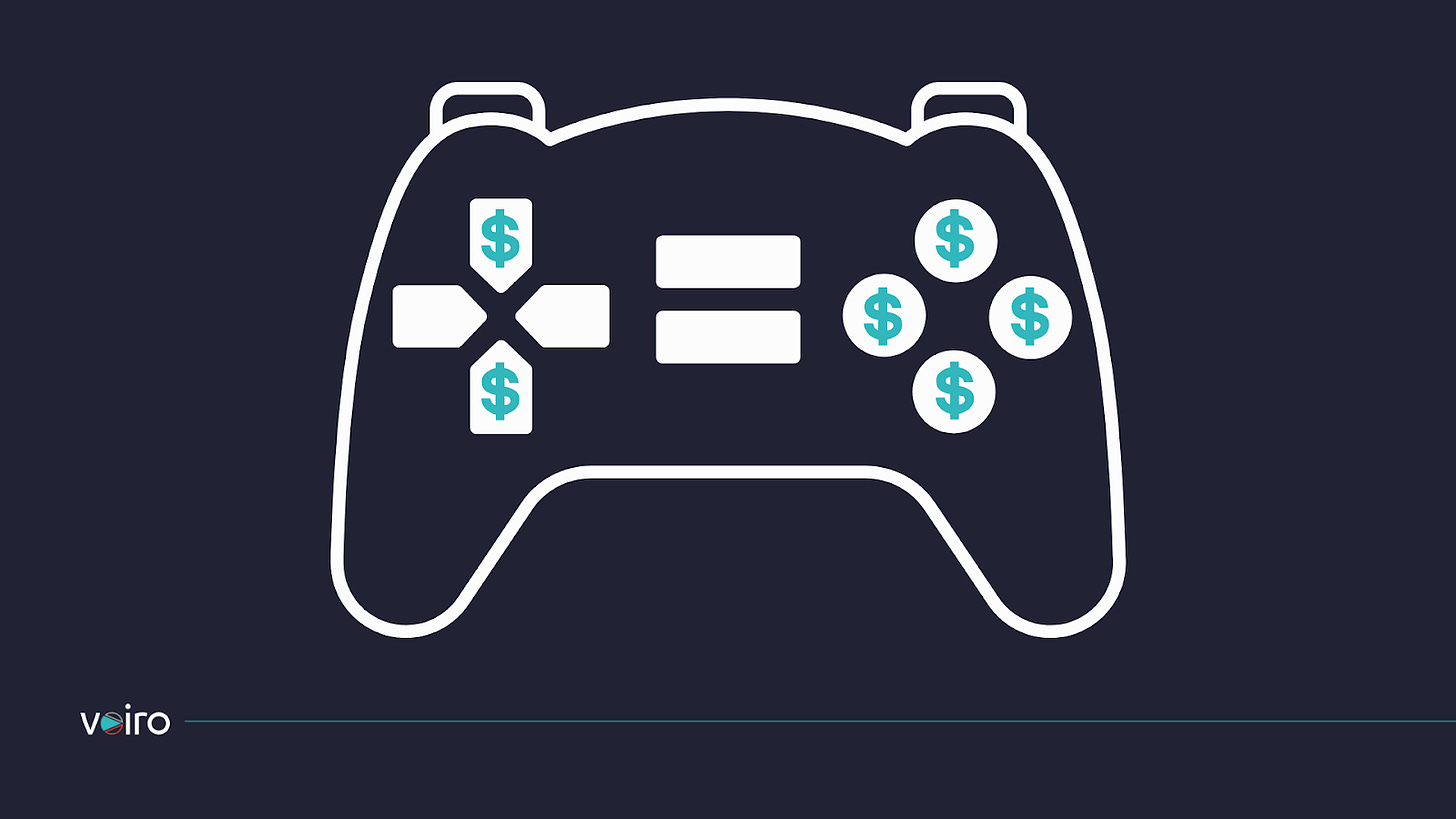Meet us at

on 3rd & 4th October









Also listen to this entire episode on:
🎧 Apple Podcast: https://apple.co/3ScdUhA
🎧 Spotify: https://spoti.fi/3xMiLxE
🎧 Google Podcast: https://bit.ly/s2e6-gpod
Trust in technology. That’s a concept that has been debated for a long time and will continue to be part of many engaging conversations in the future. But when Physicist William Higinbotham, with the help of an engineer, built the world’s first video game, it was to give technology some “good PR.” This was in the 1950s.
Soon, Steve Russell, a computer scientist from the Massachusetts Institute of Technology (MIT), invented Spacewar! marking the beginning of the incredible journey of the gaming and game technology industry.
According to reports, the global gaming market will grow from 197.11 billion U.S. dollars in 2022 to 268.8 billion US dollars by 2025. And in-game purchases will account for more than 74 million U.S. dollars globally by 2025.
In this episode, Kavita Shenoy and Anil Karat talk about in-game advertising and uncover the potential for growth as well as SDAs and what the future holds for the advertising industry at large.

InMobi recently released its latest report, Mobile Game Advertising 2022, which talks about how 97 percent of advertisers on mobile gaming are satisfied with the returns. This has led to a ‘two-fold increase in gaming ad spend’ in the last two years. The report also focuses on some of the myths about mobile game advertising.
The Voiro View
There’s been a lot of conversation around gaming in the recent past. Adgully recently conducted GAMEXX 2022, a Gaming Summit and Awards 2022, where many gaming companies and programmatic gaming organisations came together to talk about the future of gaming in this event. The Indian gaming industry is on a steep growth curve, and it’s expected to reach about 1.9 billion by 2024. There are approximately 303 million gamers in India, and we have the largest fantasy sports market, with a user base of 130 million. There are multiple sources of revenue on this platform. You have subscriptions, streamers, in-game advertising, etc. Gaming also takes it one step further, where players can make money by playing the game.
And because there are different types of audiences, there are revenue streams for all those different audiences. You can place ads in the stream or have ads like banners and logos. Then you can also have in-game placements and external ads to sell products. Inmobi’s report says six out of ten advertisers have started leveraging mobile gaming advertising only in the last two years. This is good news because we are a very mobile-first audience. But we haven’t fully explored the canvas of in-game advertising yet. When advertisers focus on advertising revenue, they need to start thinking smarter. Those ads need to be organic and contextual. This is where the future of Indian in-game advertising will be.

If and when third-party cookies are phased out, the Seller Defined Audiences (SDA) will be a key targeting alternative in the advertising ecosystem, something The IAB Tech Lab believes will address the data privacy issue. But buyers are not buying into it yet. According to an AdExchanger article which cited Benjamin Dick, the IAB Tech Lab’s senior director of product, “the main reason media buyers aren’t transacting on seller-defined audiences right now is because they can still rely on cookie-based targeting, so there’s no compelling force pushing them toward adopting a cookie alternative.”
The Voiro View
Publishers can own their audience through Seller Defined Audiences (SDA), but, as long as third-party cookies are on it, it will not become mainstream. In SDA, the audience type will have to be very defined, and then there will also be the problem of duplication.
Sellers have an easier job than third-party cookie providers because sellers are on consumers’ devices. They know your age, gender and location. And if that information is used well, users can be shown good ads without the need for third-party cookies. But, the demand side will want more than that. They will not want to just deal with one seller. They want to deal with data from other domain partners. So, only time will tell how much of an impact SDAs will have on the advertising ecosystem.
© 2024 Voiro. All rights reserved
